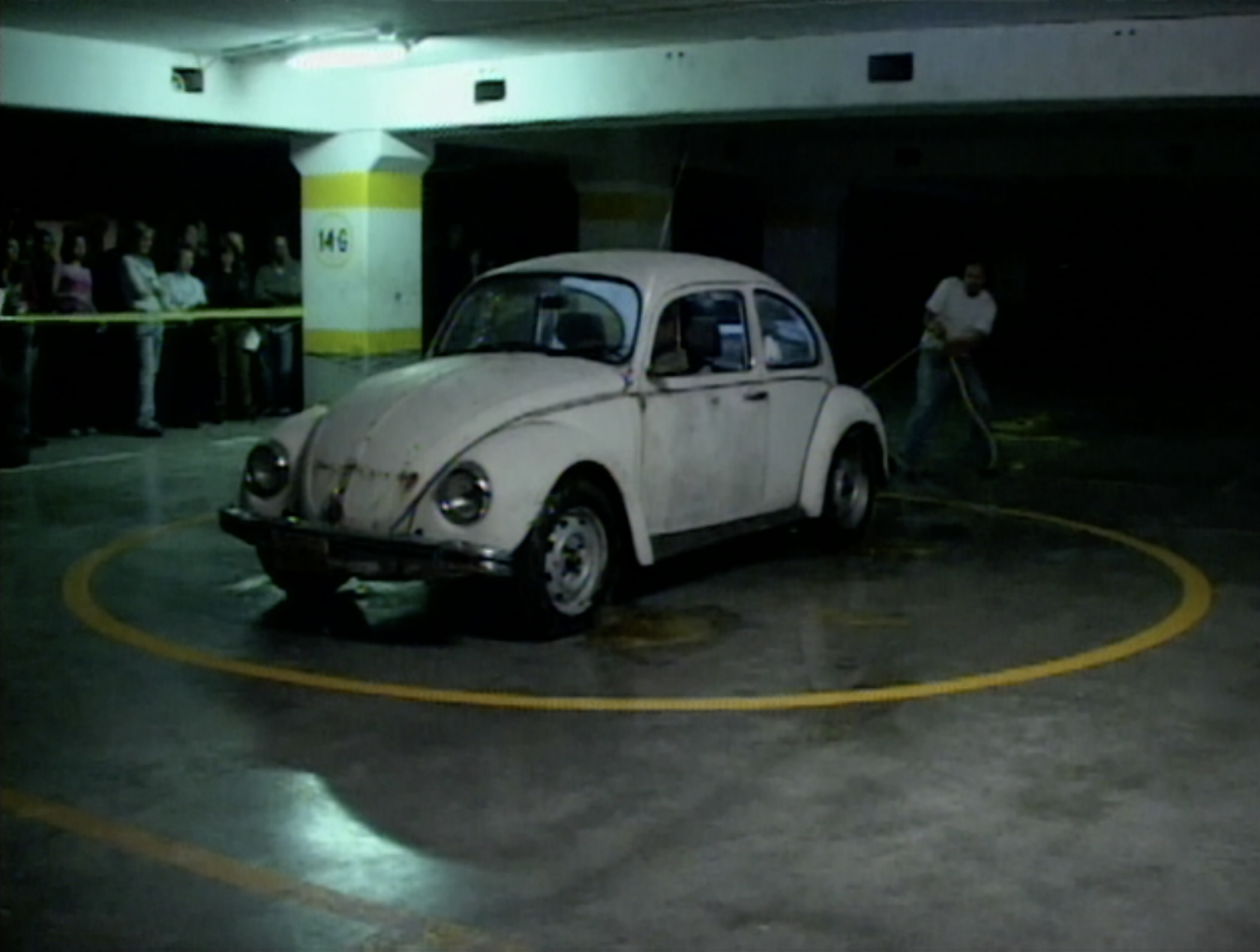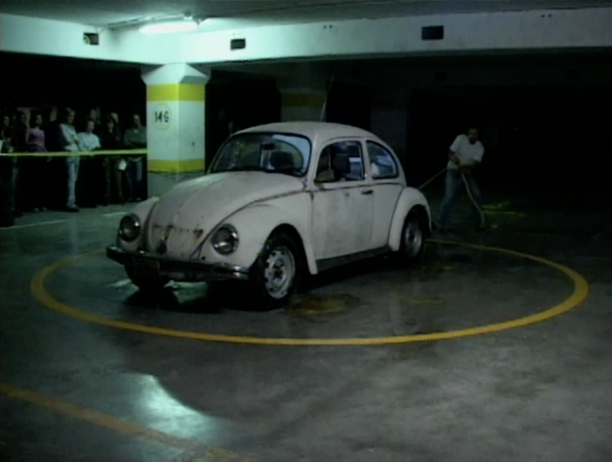MOCA’s online platform for experimental film and video art will highlight the work of Mexican artist Damián Ortega with SCREEN: Damián Ortega’s Moby Dick.
On November 19th, MOCA will also screen Escarabajo, the second video in the trilogy, followed by a virtual Zoom discussion regarding Ortega’s “Beetle Trilogy” between the artist and Bryan Barcena, Assistant Curator of Programs and Manager of Publications at 4pm PST.
RSVP for November 19th
Beginning November 12, moca.org/screen will host Damián Ortega’s stirring video Moby Dick (2004). With this work, Ortega builds on the legend of the iconic of the VW bug, treating it as a living entity. Fulfilling its original intent as a "people's car," the VW Beetle became the most ubiquitous car in Mexico: it has been beloved for its affordability, utilitarianism, and goofy shape since Mexican factories began production of the car in 1967. Since 1998, every Beetle sold in the world has been assembled in a Puebla factory. Moby Dick documents an attempt to "tame" the VW Beetle. In an underground parking garage, Ortega and a number of other men circle around the grease-wheeled vehicle in a brutal game of tug-of-war, accompanied by a raucous live rock band. The Volkswagen continues its journey as the humble protagonist of Escarabajo (2005), which documents the ritual of the car's self-discovery and burial in Puebla, both its final resting place and its likely place of "birth."
About the artist:
Damián Ortega (b. 1967, Mexico City; lives and works in Mexico City) belongs to a group of Mexico City-based artists who came of age artistically in the 1990s. Alhtough Ortega had no formal art education, he was influenced by Gabriel Orozco, who led an experimental art course in Mexico City during the 1990s. Envisioning his projects through drawing – that then take form as sculpture, installation, performance, film and photography – for Ortega, the work of art is always an action: an event. Like the work of fellow Mexican artists Eduardo Abaroa, Minerva Cuevas, Abraham Cruzvillegas, and Gabriel Kuri, Ortega's artwork is the result of experience and knowledge gained in local art schools and participation in an artistic environment that fosters information exchange, experimentation, and collaboration.
Ortega has participated in solo and group exhibitions in Mexico and abroad. He has exhibited at Minsheng Art Museum in Shanghai (2012); PinchukArtCentre in Kiev, Ukraine (2011); the Barbican Centre in London and the Solomon R. Guggenheim Museum in New York (201 O); the Institute of Contemporary Art in Boston and the New Museum in New York (2009); Le Centre Pompidou in Paris and MOMA PS1 in Long Island City, New York (2008); Ikon Gallery in Birmingham, England, and the Museum of Contemporary Art in Chicago (2007); Tate Modern in London (2005); Kunsthalle Basel and Museu de Arte da Pampulha in Belo Horizonte, Brazil (2004); the Institute of Contemporary Art in Philadelphia (2002): Museu Serralves in Oporto, Portugal, and Museum of Contemporary Art Kiasma in Helsinki (2001 ); the Generali Foundation, Vienna (2000); and the Montreal Museum of Fine Arts and Centro de la Imagen in Mexico City (1999).
Virtual MOCA is a new and daily digital series available on both moca.org and across MOCA's social media platforms. To enjoy the breadth of this program, please follow us on our social channels:
Instagram: @moca
Facebook: @mocalosangeles
Twitter: @mocalosangeles
All Virtual MOCA content is archived and sent out via email at the end of each week. For easy access to previous programs, subscribe to our mailing list.

